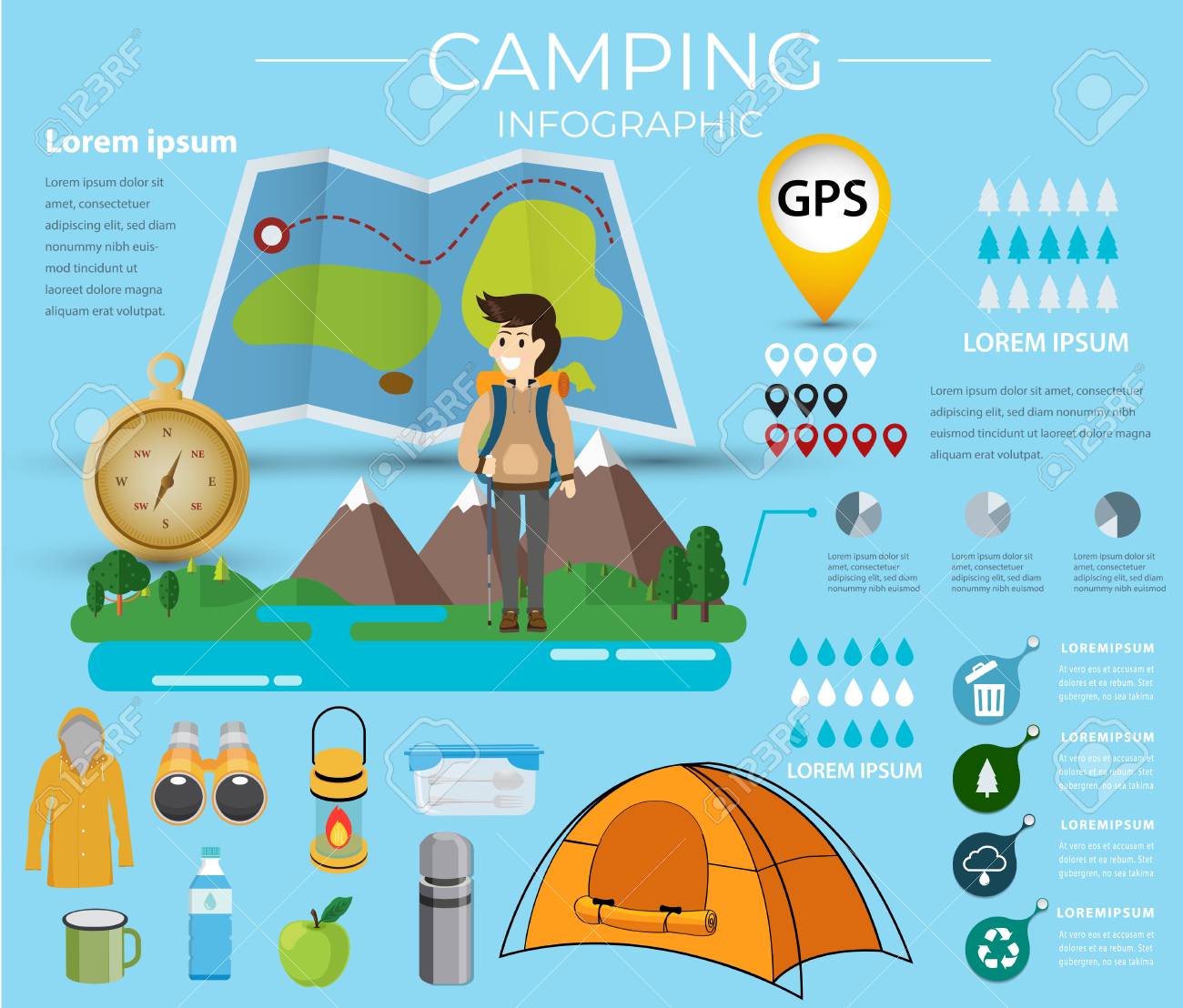Land Use Rules For Wall Tents On Public Lands
Benefits and drawbacks of Vinyl Vs. Canvas Tent FloorsWhile many campers concentrate on a tent's cover to secure them from rain, snow, and pests, the camping tent floor is equally vital. A top quality floor offers defense from standing water, soaked mud, and sharp rocks.
At White Duck Outdoors, we offer free-floating vinyl floorings that are customized to each outdoor tents dimension. This permits you to pick a flooring liner or use your own canvas tarpaulin as a lining.
Durability
There are different types of floors available for wall surface tents. Free-floating floors are separate items that you lay on the ground prior to constructing the outdoor tents, making them easy to set up. A sewn-in floor is a bit extra complicated, however it offers exceptional defense from water and insects.
Nevertheless, the very best choice is a tent floor liner. A lining is thick and pressures any kind of water or insects to go under the floor instead of with openings in the outdoor tents. It additionally reduces the amount of dirt that gets in the camping tent, making it much easier to clean up and preserve.
All White Duck Outdoors wall camping tents include a free-floating floor consisted of, so you don't need to bother with acquiring and setting up one separately. We understand the value of having the ability to personalize your space and make camping even more delightful. The free-floating floor makes the tent much easier to carry, clean and store, high-ends that sewn-in or 3/4 floors don't offer.
Climate Resistance
When selecting a safety cover for commercial or logistical functions, weather resistance is usually an essential variable. Canvas tarpaulins are typically made from all-natural products, while vinyl tarpaulins include advanced polymer design. This difference in composition causes dramatically different performance attributes, maintenance demands, and suitable applications.
Plastic tarps are suitable for long-term industrial protection due to their longevity, water-proof features and chemical resistance. They additionally provide good UV protection and are lighter than canvas tarpaulins. These residential properties make them the favored choice for covering devices and building short-lived frameworks.
Easy Maintenance
The durability of plastic floors and their resistance to damage translates into minimal upkeep needs. Wipe-downs with moderate soap and water are enough to maintain them looking clean, while stubborn stains can usually be eliminated without much effort.
On the other hand, canvas covers are more likely to soak up wetness over time, causing mold and mold growth if not effectively dried or dealt with. Moreover, they could require more constant waterproofing therapies to preserve their safety buildings.
In addition, a woven material like cotton is prone to piercing and tearing with time, making it more susceptible to damage from sharp items or rough surface areas. Vinyl is engineered to resist these dangers better, placing it as a superior option for sturdy protection applications. Furthermore, its artificial components offer exceptional toughness and long life contrasted to canvas products. Consequently, they generally have a lower ecological impact in terms of manufacturing and disposal. They likewise have a tendency to have an extra functional modification ability, helping with the consolidation of complex designs and color pattern.
Ecological Effect
Just like canvas pouch all products, it's important to recognize the ecological profile of each product. This consists of whatever from raw materials sourcing and manufacturing procedures to usage long life and end-of-life disposal alternatives. This information permits companies to make smarter choices that line up with sustainability goals while satisfying functional demands.
Sailcloth naturally lines up with eco-conscious goals as a result of its biodegradable nature and reduced production footprint. Its lighter weight equates to less storage space and transportation requirements. Its reduced upkeep demands and longer life-span additionally decrease overall expenses.
Plastic, on the other hand, depends on artificial elements for its longevity and weather condition resistance. Its chemical treatments require high energy input. Plastic's non-biodegradable homes better make complex recycling and waste management procedures. Nevertheless, it does give superior waterproofing and UV degradation resistance to outside settings.
